Significant Cut to Its EV Investment, Honda Seems to Overlook Its Honda e:N1 in Southeast Asia
 RobertMay 21, 2025, 05:37 PM
RobertMay 21, 2025, 05:37 PM
【PCauto】On May 20, 2025, Honda revealed it will reduce its originally planned investment in electric vehicle development from 10 trillion yen to 7 trillion yen.
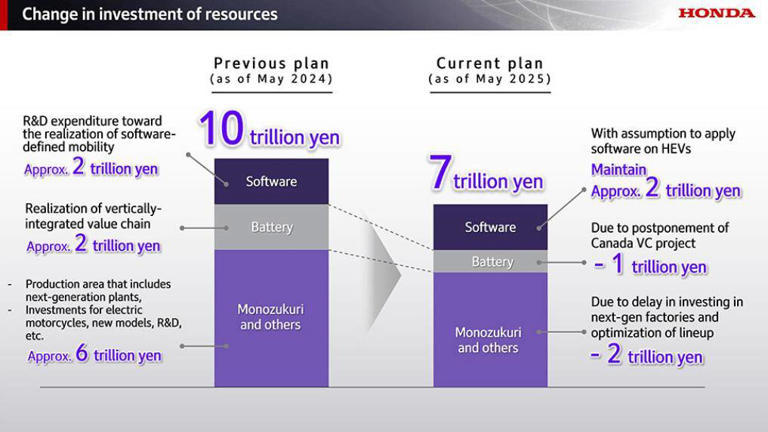
Additionally, the sales target has been drastically lowered—from an initial goal of over 2 million vehicles by 2030 to a revised range of 700,000 to 750,000 vehicles.

Construction plans for EV and battery factories in Canada, originally set to commence production in 2028, have been postponed to beyond 2030, with future investment dependent on market conditions.
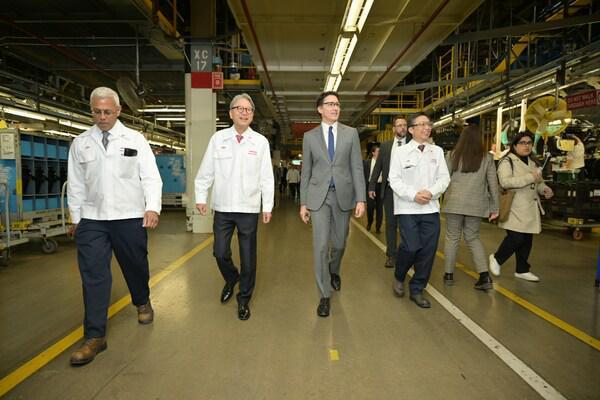
Honda cited two main reasons for these adjustments:
Firstly, the uncertainty surrounding the U.S. government's reevaluation of electric vehicle support policies has impacted Honda's global strategy.
Secondly, the demand for electric vehicles has not met expectations, with the pace of EV adoption slower than anticipated. Concerned about the risks of further large-scale investments, Honda has decided to scale back its efforts.
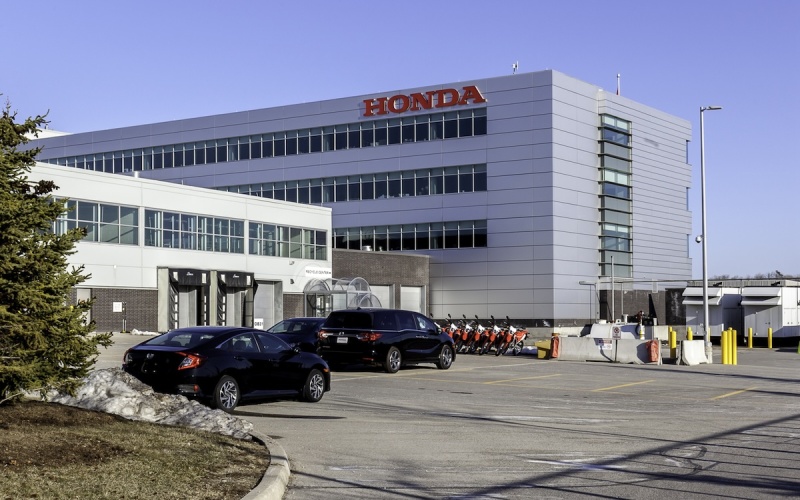
Moving forward, Honda intends to allocate more resources to hybrid vehicles. The company views hybrids as a key transition to electric mobility and plans to launch 13 new-generation hybrid models globally over the next four years, starting in 2027, with a target of selling 2.2 million hybrids by 2030, thereby boosting overall vehicle sales beyond the current 3.6 million.
Honda also aims to reduce production costs for hybrid systems, targeting a cost reduction of over 50% for its next-generation hybrid systems compared to those used in 2018 models, and over 30% compared to the 2023 model systems.
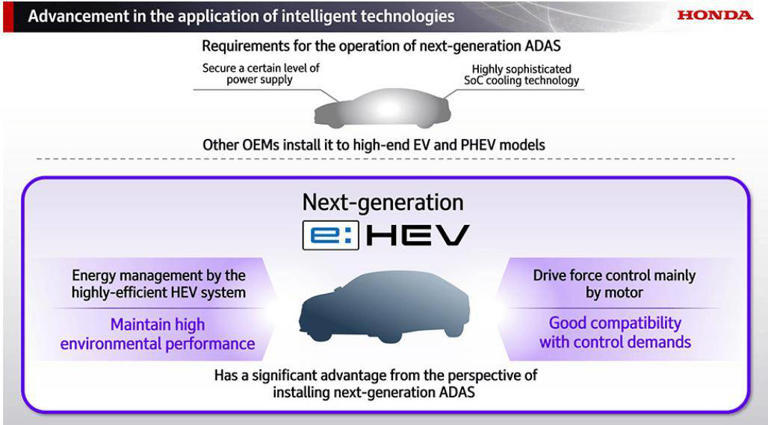
In announcing this business adjustment, Honda seems to have overlooked its recent e:N1 launch in Southeast Asia (Thailand launched on March 24 and Malaysia on May 15). This certainly undermines market confidence in the vehicle, but Honda appears unconcerned.
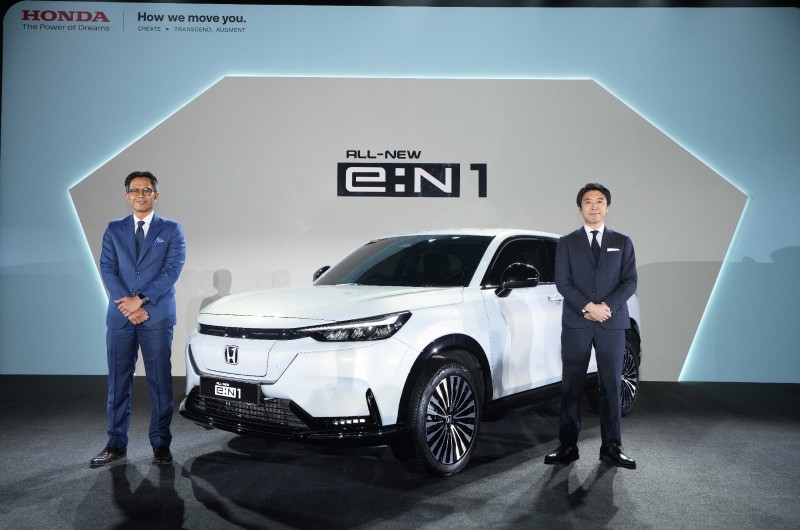
Since Honda has admitted to its challenges in the electric vehicle sector and is cutting back on its investments, indicating that the Honda e:N1 is not competitive.
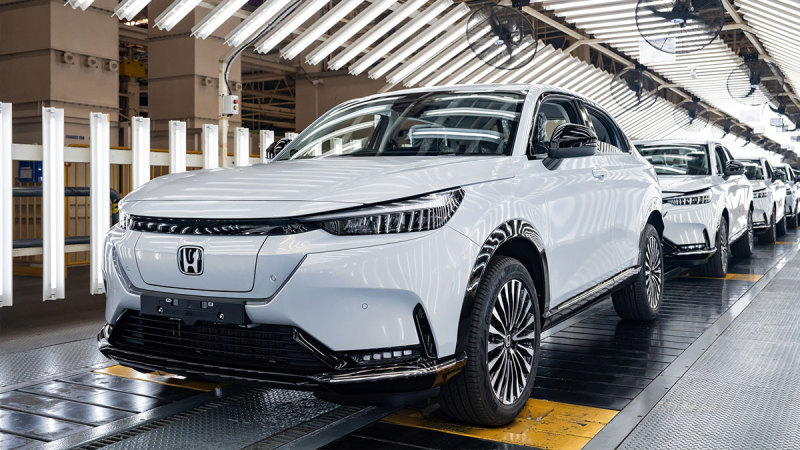
Honda’s experience in the electric vehicle market traces back to China. Around 2020, both Honda and Toyota launched EV versions based on their respective small SUVs. While Toyota introduced the C-HR EV, Honda developed the M-NV based on the XR-V. Both models ultimately failed due to excessively high pricing.
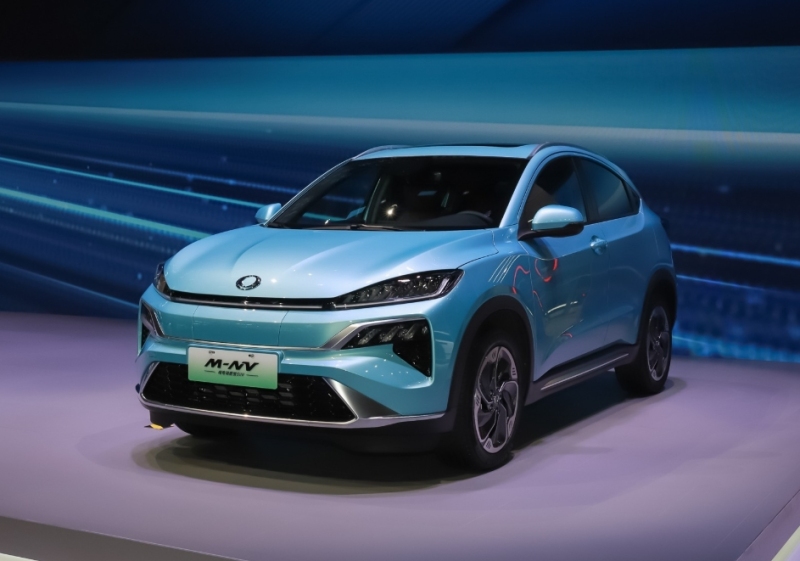
What followed was different for the two companies. Toyota implemented a Regional Chief Engineer system in China, allowing local engineers to take charge of vehicle development.
In contrast, Honda maintained an arrogant stance toward EV development, ignoring market feedback. From the initial M-NV to the e:NP series and e:NS (which includes the Honda e:N1), Honda introduced its sub-brands and the Honda S7 and P7 models in 2024. However, the branding angered local consumers, leading to three consecutive failures in the electric vehicle space.
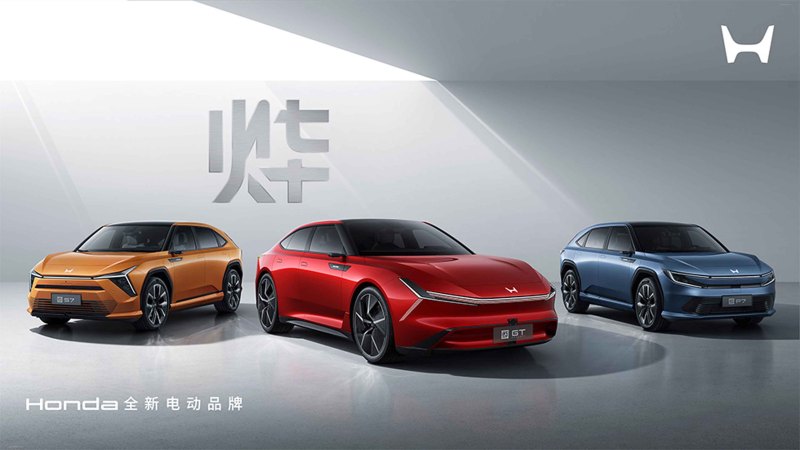
In North America, the AFEELA 1, developed in partnership with Sony, has also faced scrutiny. Priced at $89,900 (approximately RM383,513), the AFEELA 1 does not deliver the groundbreaking technology expected: a maximum range of 483 km (EPA), 490 horsepower, over 40 sensors, an 800 TOPS computing capacity for smart driving chips, and a wide seamless interior screen. Comparatively, it falls short against local Chinese products priced around RM300,000, not to mention that the AFEELA 1 won’t be available until next year.

In the realm of hybrid technology, Honda’s i-MMD and BYD’s DM-i both employ a dual-motor parallel and series hybrid structure. Both systems feature a direct connection between the drive motor and the differential, as well as a direct link between the engine and generator. The engine can drive the vehicle directly via a clutch, allowing for multiple driving modes—pure electric, series, and parallel—across different operating conditions. Additionally, both systems can easily integrate into plug-in hybrid electric vehicle (PHEV) configurations. However, BYD’s global sales reached 4.27 million units in 2024, while Honda lagged with 3.71 million units (a year-on-year decline of 9.6%). When it comes to cost reduction, BYD benefits from economies of scale achieved through higher sales and a fully integrated supply chain—advantages that leave Honda with little room to lower hybrid technology costs.
However, BYD’s global sales reached 4.27 million units in 2024, while Honda lagged with 3.71 million units (a year-on-year decline of 9.6%). When it comes to cost reduction, BYD benefits from economies of scale achieved through higher sales and a fully integrated supply chain—advantages that leave Honda with little room to lower hybrid technology costs.

Honda is known for its distinctive character as an automaker, having overcome numerous technical challenges through its intense focus. The extensive research published by Honda R&D showcases its formidable technical reserves, establishing it as a brand that can legitimately speak to its technological prowess, perhaps even more so than “Technology Nissan.” Yet, while this obsession has propelled Honda forward, it has also constrained its flexibility.
If any infringement occurs, please contact us for deletion
Trending News

BYD Sealion 7 is not only cheaper than Tesla Model Y, what other differences do they have?
Is it better to buy the BYD Sealion 7 or the Tesla Model Y? This really makes one a bit hesitant, but before you make a decision, I recommend you take a good look at this article.

2026 Toyota Hilux Travo released, the brand-new exterior and interior are highly anticipated
If you're considering buying a Hilux, honestly, the comprehensive innovations in the ninth generation are worth waiting for. While the current model might still have some advantages in terms of reliability and price, the new model offers significant changes in terms of exterior and interior luxury, tech features, and powertrain options.

Toyota Land Cruiser FJ did not disappoint, the most anticipated civilian off-road vehicle is back.
Since its birth in 1951 under the name Toyota BJ, the Land Cruiser series has accumulated sales of approximately 12.15 million units in over 190 countries and regions worldwide, becoming a global off-road icon spanning more than 70 years.

Toyota Corolla Cross mid-term facelift in China, featuring a new front face and interior design
Toyota released the mid-cycle facelift of the Toyota Corolla Cross in China. In China, this vehicle produced by GAC Toyota is called Frontlander, and it is the same model as the Toyota Corolla Cross produced by FAW Toyota.

In Malaysia, which sliding door MPVs are available?
The numerous advantages of sliding door MPVs make many people fond of this type of vehicle. However, MPVs are not a mainstream choice in the car market, so many people might not know which MPVs are available domestically.
Popular Cars
Car Compare

